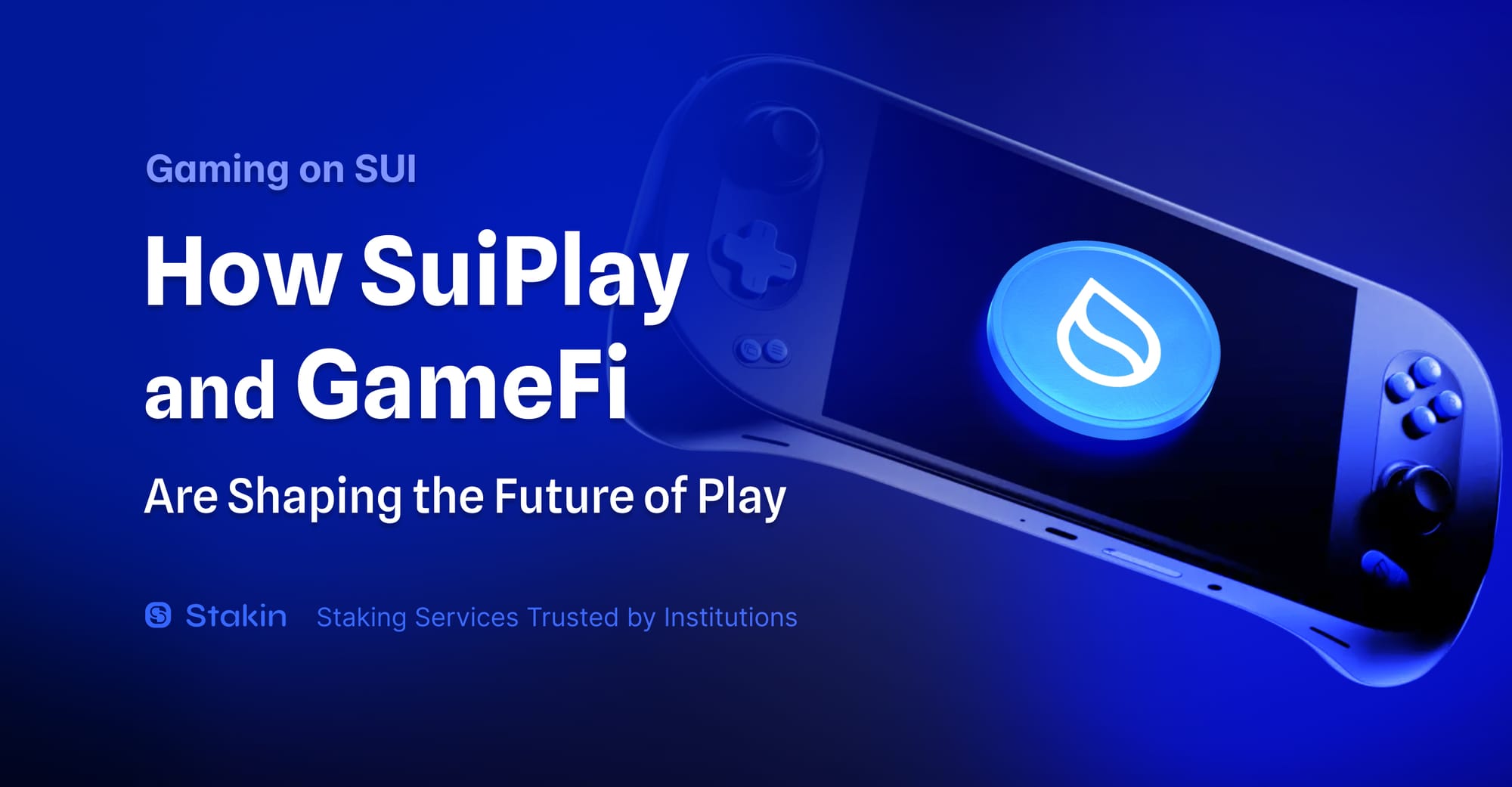In this article, we will explore MoveVM, its strengths, current adoption, and key contributors such as Sui, Aptos, and Movement.
What Exactly is MoveVM?

We’re all familiar with the EVM, originally developed for Ethereum and now adopted by various blockchain networks to process Solidity smart contracts. While Ethereum introduced the EVM and remains a leader in the space, its technology has spread across multiple platforms. Despite this expansion, Ethereum still leads in adoption, commanding over 60% of the total value locked (TVL) in decentralized finance (DeFi), reflecting its significant influence and market share.
This is mainly due to the attribution of network effects. When you have a successful language like Solidity for blockchain development, over time, that success stacks in the form of better documentation, stronger developer tooling, and more applications. All these result in even more developers in a seemingly endless positive feedback loop. Hence, today, we see the Ethereum ecosystem as the largest and most multi-purpose chain enabling smart contracts.
It’s not without its problems, though.
While many blockchains have opted to adopt the EVM, others have sought a better system. Around the Move Virtual Machine, we’ve seen some recent traction.
The Move Virtual Machine (MoveVM) is a purpose-built virtual machine that runs the Move programming language, developed by Meta (formerly Facebook) for the Diem blockchain. MoveVM is not a traditional virtual machine; it is heavily optimized for safety, particularly for the operations one would perform on a digital asset. MoveVM could, at least in principle, also perform computations in other kinds of "assets," such as executing extremely conditional and highly expressive financial contracts or powering different kinds of complex smart contracts.
For instance, developers can easily write programs that combine, split, or destroy complex applications' NFTs. One such application is dynamic or “account NFTs” and their implications in gaming applications, highlighted in greater detail below.
Let’s highlight some data around MoveVM contributors like Sui and Aptos.
Current Traction and Key Figures
When we examine the current traction of Move chains and those supporting MoveVM, we must do so chain by chain.
For reference, this sector has two leading chains: Sui and Aptos. The implementations vary, especially with Sui’s approach towards NFTs via unique models exuded in NFT collections such as Prime Machin or Suilend NFTs. That said, let’s dive into some on-chain data sets.

As we can see, Sui carries the torch for on-chain TVL. This is thanks in large part to NAVI Protocol, Sui’s largest DeFi protocol, consisting of more than $230M in TVL. In case you aren’t familiar with NAVI, it’s a liquidity protocol featuring borrowing and lending, leveraged yield farming, and other DeFi instruments. It’s even boasted as many as 900k users and $5B in borrow volume.

We can also see some encouraging figures with Aptos. Its largest DeFi protocol, Aries Markets, accounts for over $175M in TVL. If you aren’t familiar with Aries Markets, its Aptos lending platform offers users borrowing, lending, and margin trading options. It’s reported to have over a million users cumulatively as well.
An interesting metric that takes Aptos over Sui is APT usage within native protocols. For comparison’s sake, as of the time of writing, SUI usage amongst native protocols is just over $320M. APT usage within native Aptos DeFi protocols is over $410M, thanks primarily to the influx of liquid staking protocols on Aptos.
Now that we’ve seen some data let’s look at other upcoming MoveVM chains.
Blockchains in Development Utilizing MoveVM

While we’ve covered some of the leading front runners around the MoveVM landscape, a few in development are also worth mentioning. Let’s highlight some of them in greater detail below.
Movement
Movement is a network of blockchains built with the Move programming language. It aims to combine the security and parallel processing capabilities of Move-based smart contracts with the liquidity and broad user base of the EVM. M2, the first MEVM (Move + EVM) zk-rollup Layer 2 on Ethereum, utilizes Celestia to integrate MoveVM effectively with Ethereum, setting a new benchmark for interoperability and performance in the blockchain space.
Talus
Talus focuses on on-chain AI agents, sophisticated programs designed to operate autonomously with specific objectives to benefit users. These AI agents make decisions and take actions based on pre-set goals. Operating on-chain provides these agents direct access to liquidity and assets for management, ensuring a secure and decentralized environment. Talus leverages key advantages of the MoveVM, such as object centricity, high throughput, and security, to build its protocol for AI agents. Object centricity allows agents and AI resources (models, data, and computing) to be represented as digital resources that can be leveraged in a composable manner. High throughput is crucial in an environment where potentially hundreds of thousands of agents will interact, necessitating high transactions per second (TPS) and performance. The security features enable agents to recognize malicious smart contracts or programs easily, which is crucial in a trustless environment.
Initia
Initia offers a distinctive new take on achieving scalability and interoperability. Unlike other blockchain projects today, which predominantly focus on one chain, Initia utilizes interwoven rollups involving multiple rollup chains working together as a network. This construction of a cohesive, single net allows for near-instant communication and data transfer between disparate environments while keeping each rollup chain sufficiently decentralized, secure, and independent. Initia is wholly committed to being a cross-basis platform for decentralized applications. The amount of “performance” and “flexibility” this blockchain promises could be a model for others to follow.
Final Thoughts
Blockchains and their VMs benefit from network effects, with Ethereum and its EVM being the most established in the Web3 space. However, despite its dominance, the EVM’s overall reach is relatively modest. Despite the EVM's widespread use, a VM with distinct advantages can still draw in developers. The MoveVM, a new VM embraced by Sui and Aptos, has already built a foundational developer community and is poised to grow significantly in the years ahead as we see exciting launches around Movement, Talus, Initia, and others.



